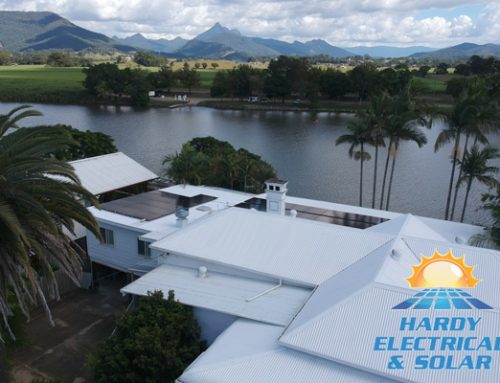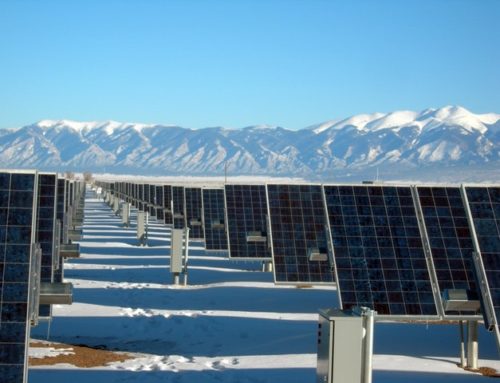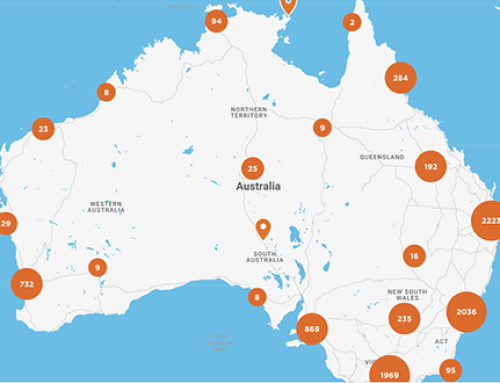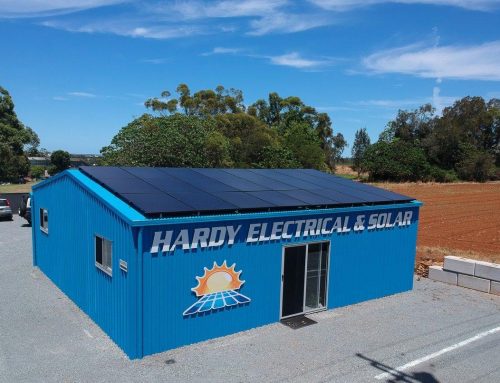6 Tips to help you save with solar panels?
The amount of money your household will save on power bills by going solar is affected by a number of factors, including:
1. Your energy consumption
You can easily determine how much electricity you use by looking at the back page of your last power bill. The amount of electricity you consume will be shown in kilowatt-hours (kWh). This is the first step in determining how much you can save with solar power as well as which system is right for you.
Typically, larger properties or households with higher energy demands will require a solar power system around the 5kW range or higher.
A 5kW system in Australia generates between 18kW/h – 25kW/h (depending on your region) of solar electricity on average per day. Refer to your bill to see how many kW/h or units you are currently using. Some regions are limited by the size of the system they can install; to find out more information, contact us.
2. Size of your solar power system
Larger solar power systems, such as a 5kW unit, will produce significantly more power than a smaller, 2kW system for example.
The size of the solar power system you install has a great impact on the amount of money you save. It’s important to choose a system that is large enough to cover your power usage, lessen your payback period and maximise ROI.
On the other hand, installing a system that is too large will mean you’re exporting a surplus of power back into the grid. Now that feed-in tariffs are lower, you will be selling power back to your energy provider for much less than the costs of your electricity rates.
Finding a system that suits your property size and consumer behaviour is the key to saving money.
3. Your feed-in tariff
Most customers who sign an agreement with their energy provider will be offered a rate of 6-12c/kWh for the solar power that is fed back into the grid.
It’s best to check with your power company to find out the tariff rates on offer and if you can, it’s recommended that you shop around to secure the best rates. Feed-in tariffs can also vary state-to-state, so make sure you have your figures right before you start calculating your savings.
4. Your usage patterns
Your solar power system will produce electricity during daylight hours, and any excess electricity generated is fed back into the grid. Your energy provider will credit you for the export of power and this credit helps offset your power bills.
The clean electricity created by your solar power system is always used in your home before power from the grid. If your home uses more electricity than your solar power system can provide, it will then source grid power.
5. Where you live
Australia enjoys the highest solar radiation per square metre of any continent in the world. As a result, there’s plenty of opportunity for us to harness the power of the sun.
Your geographic location will influence the energy production of your solar power system and ultimately, how much you can save. For example, solar power systems installed in Queensland will yield more solar electricity than an equivalent unit installed in Melbourne.
In other words, in one region where solar radiation is stronger you may install a 2kW system, while in a region with less solar radiation, a 3kW unit will be necessary to achieve the same results.
Need Help? Talk to us today 1300 748 948
Hardy Electrical and Solar is based in Kingscliff, Northern New South Wales. We service Tweed Heads, Lismore, Ballina, Casino, Kingscliff, Murwillumbah, Tamborine Mountain, Byron Bay, Kyogle, Bangalow, Lennox Head, Mullumbimby, Evans Head and Grafton. So if you are located in Northern News South or South East Queensland we can help.







